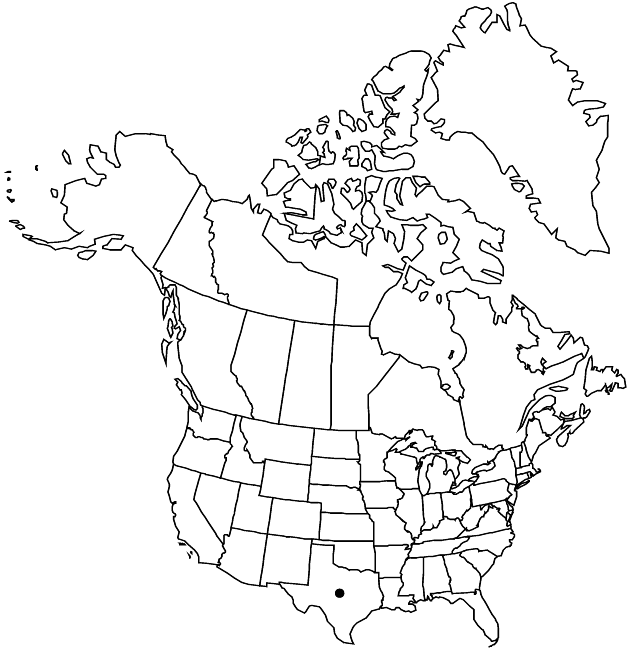Difference between revisions of "Grindelia oölepis"
Proc. Biol. Soc. Wash. 41: 139. 1928.
FNA>Volume Importer |
FNA>Volume Importer |
||
| Line 32: | Line 32: | ||
-->{{#Taxon: | -->{{#Taxon: | ||
name=Grindelia oölepis | name=Grindelia oölepis | ||
| − | |||
|authority=S. F. Blake | |authority=S. F. Blake | ||
|rank=species | |rank=species | ||
| Line 47: | Line 46: | ||
|publication year=1928 | |publication year=1928 | ||
|special status= | |special status= | ||
| − | |source xml=https://jpend@bitbucket.org/aafc-mbb/fna-data-curation.git/src/ | + | |source xml=https://jpend@bitbucket.org/aafc-mbb/fna-data-curation.git/src/eaa6e58056e40c9ef614d8f47aea294977a1a5e9/coarse_grained_fna_xml/V19-20-21/V20_989.xml |
|tribe=Asteraceae tribe Astereae | |tribe=Asteraceae tribe Astereae | ||
|genus=Grindelia | |genus=Grindelia | ||
Revision as of 19:32, 16 December 2019
Perennials, 15–35(–55) cm. Stems decumbent to ascending (from rhizomes), dull green, mostly glabrous, sometimes distally puberulous. Cauline leaf blades lanceolate-oblong or lanceolate to oblanceolate or linear, 10–60 mm (smaller distally), lengths 5–10 times widths, bases ± clasping, margins denticulate (teeth apiculate) or entire, apices acute, faces glabrous or puberulous to scabridulous, little, if at all, gland-dotted. Heads borne singly. Involucres hemispheric to campanulate, 6–9 × 8–14 mm. Phyllaries in 4–5+ series, slightly spreading to appressed, lanceolate to oblong or ovate, apices slightly recurved or ± straight, rounded to acute, slightly, if at all, resinous. Ray florets 0. Cypselae stramineous or yellow-brown, 2–3 mm, apices smooth or ± coronate, faces smooth or ± rugose; pappi of 1–2, ± straight, smooth, setiform awns or subulate scales 4–4.5 mm, shorter than disc corollas. 2n = 12.
Phenology: Flowering (May–)Sep–Dec.
Habitat: Black, "gumbo" clay soils
Elevation: 0–20 m
Discussion
Grindelia oölepis is expected in Mexico (Nuevo León, Tamaulipas).
Selected References
None.
